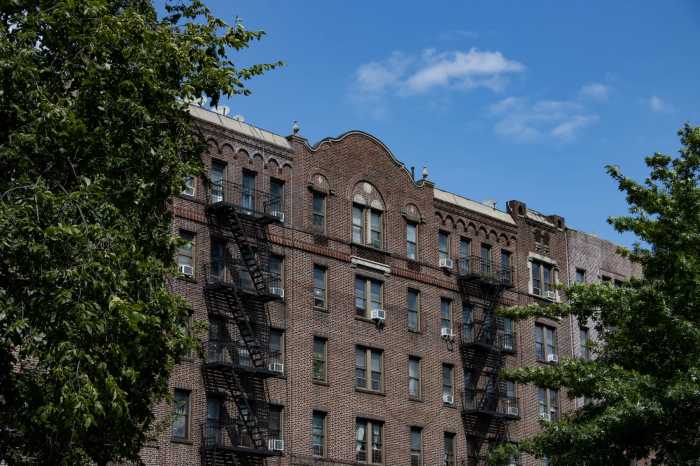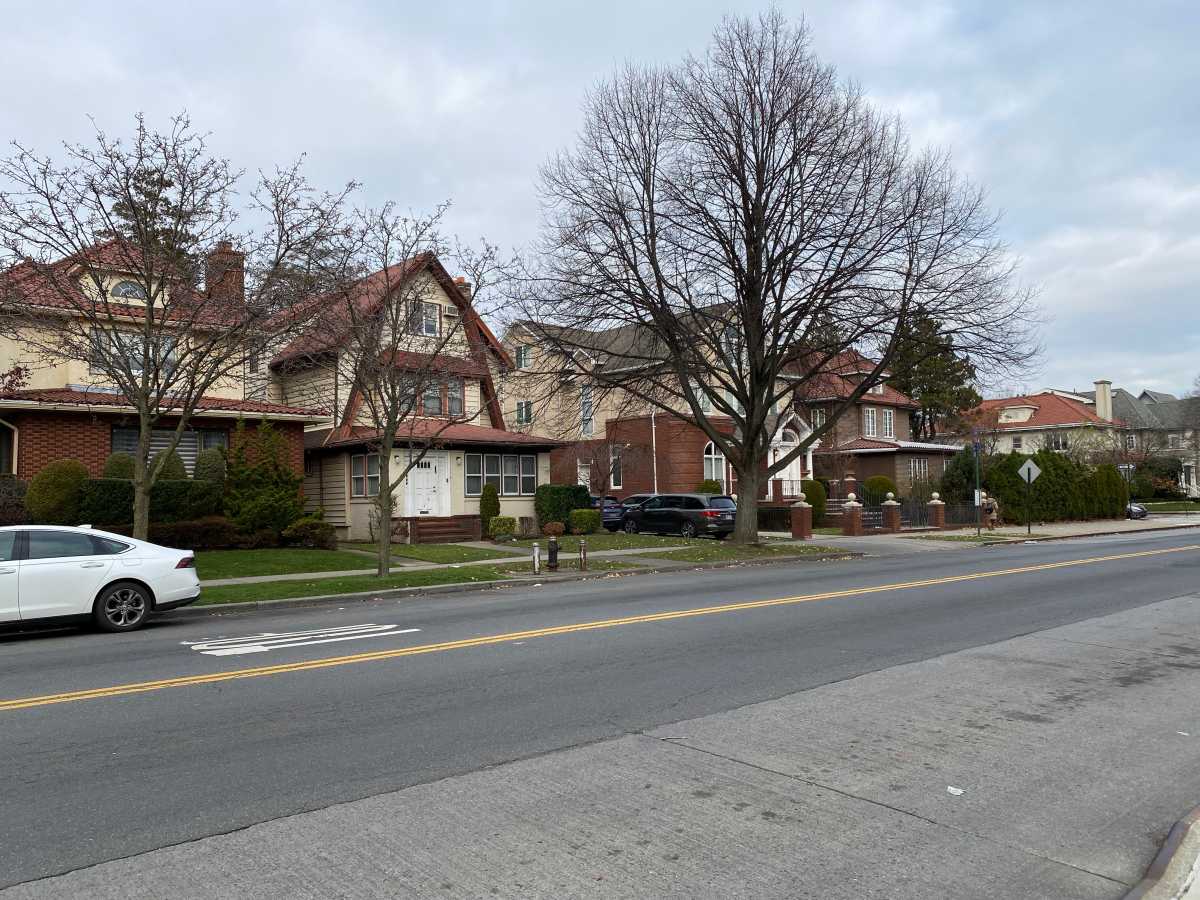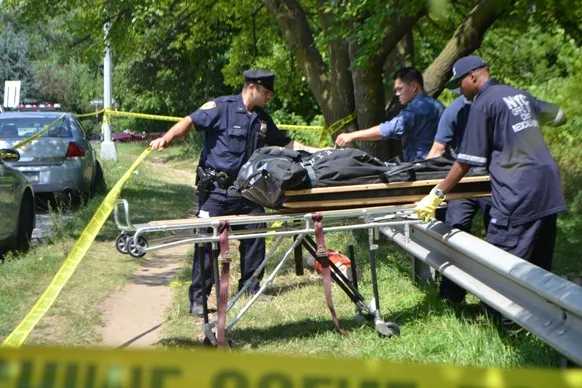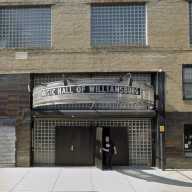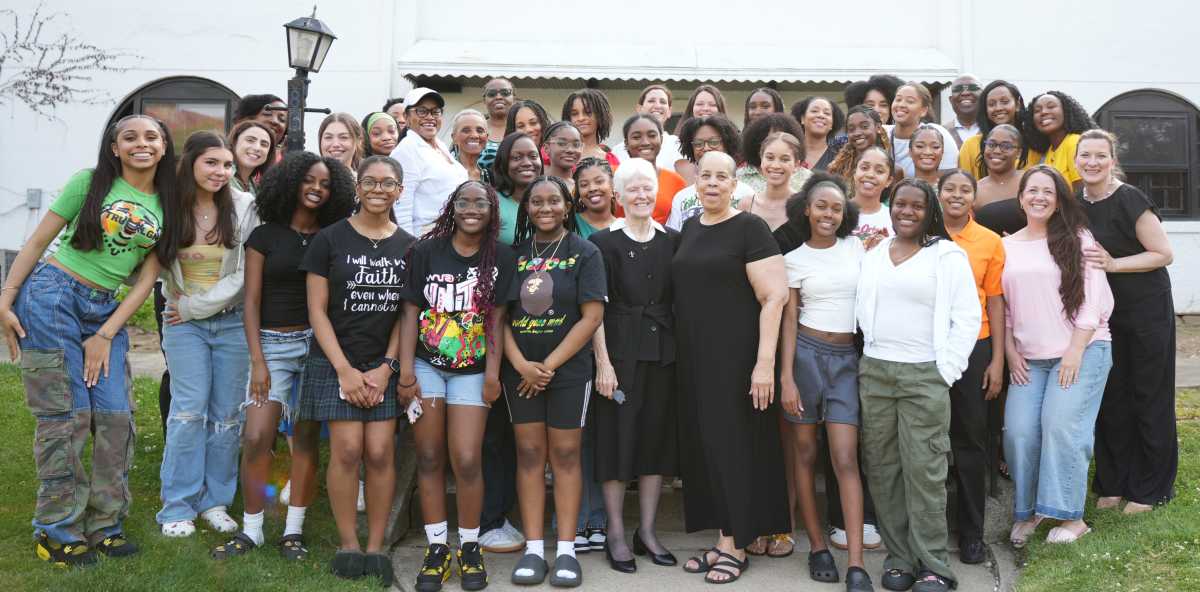They hate that dirty water!
The city must follow through on its plan to finally remove derelict, decades-old debris from the waters of the Coney Island Creek sooner rather than later, local community board members demanded after a Department of Environmental Protection rep discussed the plans to do so — without providing a timeline — at a May 14 meeting of the board’s environmental committee. One local said she was encouraged that the cleanup of the grimy waters would finally begin, but said officials needed to give themselves a deadline to get it done before the end of the year.
“I’m glad that this will finally be addressed, and some of the junk will be removed, but I would hope it would happen within the next six months,” said Community Board 13 resident Ida Sanoff. “If they’re willing to do this, let’s just get it done as quickly as they can.”
The environmental agency’s senior advisor for strategic planning, Mikelle Adgate, told locals that the agency would remove about 20 debris and vessels it identified along the shoreline — from the mouth of the creek to the Cropsey Avenue Bridge — as part of a state-sponsored cleanup and restoration plan after regulators found Gravesend’s Beach Haven apartments were dumping up to 200,000 gallons of raw sewage in the waters per day, possibly for years. Adgate and the board’s environmental committee identified at the meeting 17 of the 20 types of debris that agency officials could remove without impacting sea life — including driftwood, fiberglass parts of boats, a buoy, and the historic yellow submarine that’s been submerged for nearly 40 years.
But Adgate said that the agency couldn’t yet provide a timeline on exactly when the cleanup would occur, since the state Department of Environmental Conservation would have to first approve permits for the project, among other bureaucratic steps.
But another local who was at the meeting said the agency should aim to get the boats out by summer, especially since the mostly fiberglass materials should be easy to remove.
“It’d be nice for the summer, to have all those junk boats out of there,” said Charlie Denson, executive director of the Coney Island History Project. “They’re hazards to navigation, they’re dangerous, they’re causing a lot of problems, and they’re not mired in anything: they’re washed up along the shore — basically they put a sling on it, lift it, put it on a barge and haul them off. They’re very lightweight.”
The board’s district manager disputed Denson’s timeline — adding that eight months to a year was more realistic — and said he was just glad the agency was finally heeding the panel’s decades-long calls for cleaner waters.
“The summer is only a month away — that’s kind of unrealistic,” said Eddie Mark. “Within a year’s time, we can hopefully see a better creek.”
A Department of Environmental Protection spokesman said he could not comment until all parties involved agreed on the specifics for the plan.



